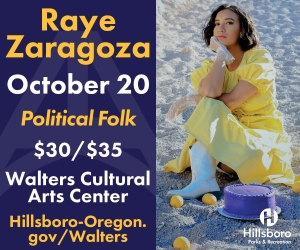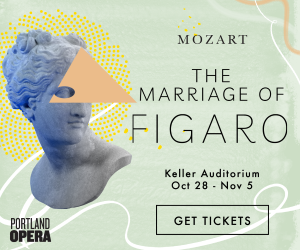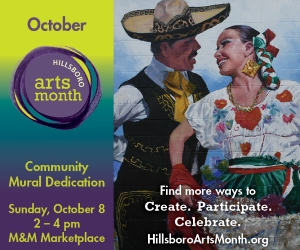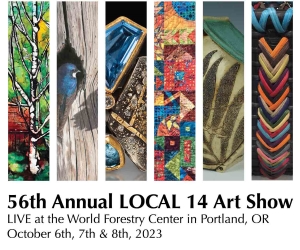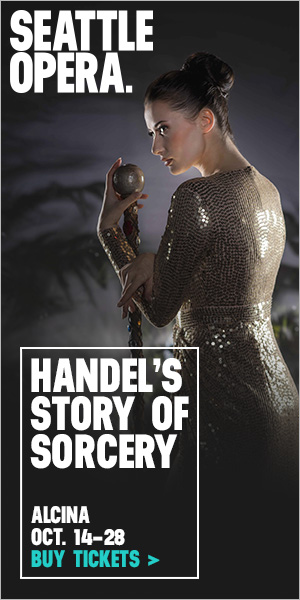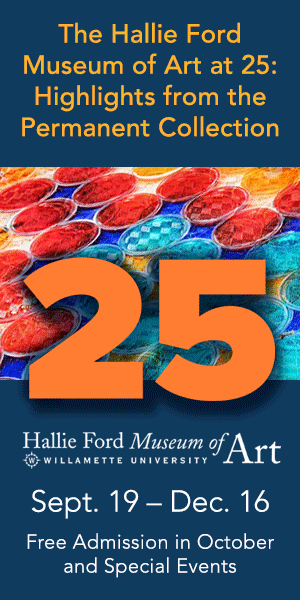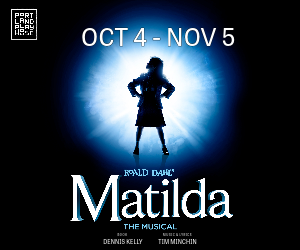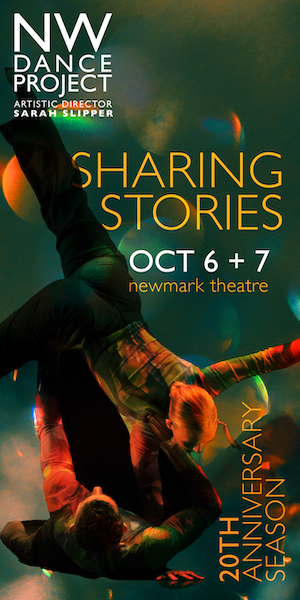
On March 25 at the historic Echo Theater, Jamuna Chiarini presented Arpan: An Offering, a performance, demonstration, and history of Odissi dance, one of India’s eight classical codified dance styles. Chiarini, who writes the monthly DanceWatch column for Oregon ArtsWatch, showcased four distinct pieces and was joined by her teacher, Yashaswini Raghuram, who emceed the show and eloquently related the intricacies of each dance with the help of demonstrator and fellow Odissi student Sonakshi Choudhury.
The evening began with a welcome from Raghuram with Chiarini demonstrating a few key gestures of the first piece, Mangalacharan (Invocation), choreographed by the late Padma Visbhushan Late Guru Shri Kelucharan Mohapatra. The dance, which traditionally marks the official entrance of the dancer to the stage, “invokes the blessings of Lord Jagannath, Lord of the Universe, for an auspicious beginning”, according to the program, and calls to Mother Earth with a humble salutation. Each dance performed, including the intro, is made up of a series of codified steps passed down through generations of Odissi teachers — with slightly differing choreography depending on the teacher and lineage they come from. The arbiter of the dance, in this case Yashaswini Raghuram, helps decide if a student is ready or not to perform in the initial years.
“When the student has gained experience and done enough apprenticeship with the teacher, the teacher usually blesses the student to go ahead and make their own independent decision with regard to performances,” said Raghuram. After performing these dances with her Odissi classmates for over five years, Raghuram suggested that Chiarini do a solo performance to share her love of Odissi.
At the start of the first dance, Chiarini entered the stage with regal steps, beautifully dressed in striking blue colors which changed with the lighting as she moved. The traditional costume, comprised of six yards of a single silk sari, was cut and constructed by a tailor in Odisha, in the same region of Eastern India that Odissi dance originated. Her head was topped with a tahia, a dried round flower headpiece that rests around the hair gathered in a bun, composed of many small white flowers arranged in detailed circular patterns. A pointed top attached to the bun called the Krushna chuda is carved from a pith flower and mimics the spires of the temples in which Lord Jagannath is worshiped. Chiarini’s fingers and feet, dipped and painted in a bright red skin-safe paint called Alta, drew attention and highlighted the precise and breathtaking hand movements throughout the evening. The woven patterns, fabrics, colors, and style of costume, Chiarini told me, is specifically meant to honor and mirror the Odisha culture.

Odissi, sometimes also called Orissi in ancient literature, is one of the eight main categoric Indian classical dances — Odissi dance, from the temples of Odisha, and Bharatnatyam dance, which originated in Tamil Nadu, Southern India; as well as Kathak, Kuchipudi, Kathakali, Sattriya, Manipuri, and Mohiniyattam. The major aesthetic differences, according to Raghuram, are that Odissi has more torso movement and emphasizes tribhangi, the three-bend posture in which the neck, hip, and knee bend to create an S-curve. Once performed predominantly by women, Odissi is set to musical compositions called ragas and talas utilized to express spiritual stories and religious gratitude. Now, however, it can be performed and danced by anyone regardless of culture and religion, explains Raghuram, and dancers who study this practice can even choreograph and add to the living art form.
“The meaning of what you add is what you find within your dance journey at any given time,” she says, “It is a process.”
After the initial piece of welcoming and prayer, during which Chiarini glided with her hands cupped full of rose petals to spread them before the Jagannath, Subadra, and Balabadra deities situated downstage, she performed three more sections in the traditional designated order. They were Batu, choreographed by the late Padma Visbhushan Late Guru Shri Kelucharan Mohapatra; Megh Pallavi, choreographed by Guru Shriman Ratikant Mohapatra; and Mokshya, choreographed by Guru Kelucharan Mohapatra. A short heartfelt documentary film about Chiarini’s experience dancing during the pandemic and her journey toward reawakening joy in movement, filmed by Jingzi Zhao, was also shown.

When asked during a post-performance discussion facilitated by Portland movement artist Linda K. Johnson about how it feels to dance Odissi, Jamuna enthusiastically replied, “Blissful, I love the feeling of my feet hitting the floor. My feet, my hands, my torso, my face… all feel alive when I’m dancing. It’s all very electric.” This, Johnson suggested, was part of the sense of harmony and peace she gathered from the work — feelings that were evident to the audience in the lightness of being that emanated from Chiarini as she performed.
While Odissi is a dance form that brings her immense joy, Chiarini does not shy away from the challenges that it presents, especially to someone who began formal ballet and modern training as their introduction to dance as a teenager. Remembering to smile while dancing, she told me, is one of her biggest challenges at the moment, and something not usually expected in contemporary dance. “Footwork is always learned first before any other aspect,” she added at the discussion, “and I am still learning how to hit my feet against the floor in a way that is soft, like Yashaswini does, rather than with a thud. It is an adventure in learning how to do it, and eventually getting it right.”

This nuanced precision, though at first unnoticeable to the untrained eye, is part of what lends Odissi its hypnotizing and energizing appeal. It felt as though Chiarini, whose eyes darted with joy and coyness to and from the sidelong glance — a glance toward the right that is considered attractive and flirtatious in Indian dance — and mouth curled into a mischievous smile, was performing just for me. Many audience members, I learned later that evening, felt the same. Chiarini walked with grace and stepped with purpose, blending fluidity, stability, and rhythm as her body took on the form of curves, waves, and delicate angles. The subtle shifts of her head, neck, and gaze seemed effortless despite the great control they require, mimicking the isolations of her exquisitely strong pointed hand gestures — some of which were outlined in the program by Chiarini’s mother Satya devi dasi alongside pictures: Suchi, point to something; Tripataka, meaning royalty; Pataka, to bless; Mrugasirsa, to depict an animal head; Ardhachandra, half-moon; and Kapittha, the holding of a flower.
To see Chiarini performing her solos with impeccable poise, beauty, and strength was not only an exciting experience, but an educational one. As someone with no knowledge about the world of Odissi dance, I felt a great sense of gratitude for the in-depth look at a form of dance I otherwise typically have little contact with on a daily basis. It was uplifting to see how delighted Chiarini and Raghuram were to receive questions from the audience and how eager they were to share their passion for Odissi dance with others, speaking about the importance of fostering community in all dance and welcoming the audience members to reach out for more information about classes in the area.
When asked what Chiarini hopes to tell others about the dance form, she told me that she hopes Portland will take interest in the flourishing Indian dance community that has existed in the greater Portland area for over 40 years. “Odissi dance is beautiful and it’s not an ‘other’ just because it’s from another country,” she continued, “If I put it in a Western context for comparison, Odissi is classical like ballet. It’s much older, actually, by several thousand years, but it tells stories like in ballet with universal themes and is also abstract like contemporary dance, focusing on body shapes and musicality.”








